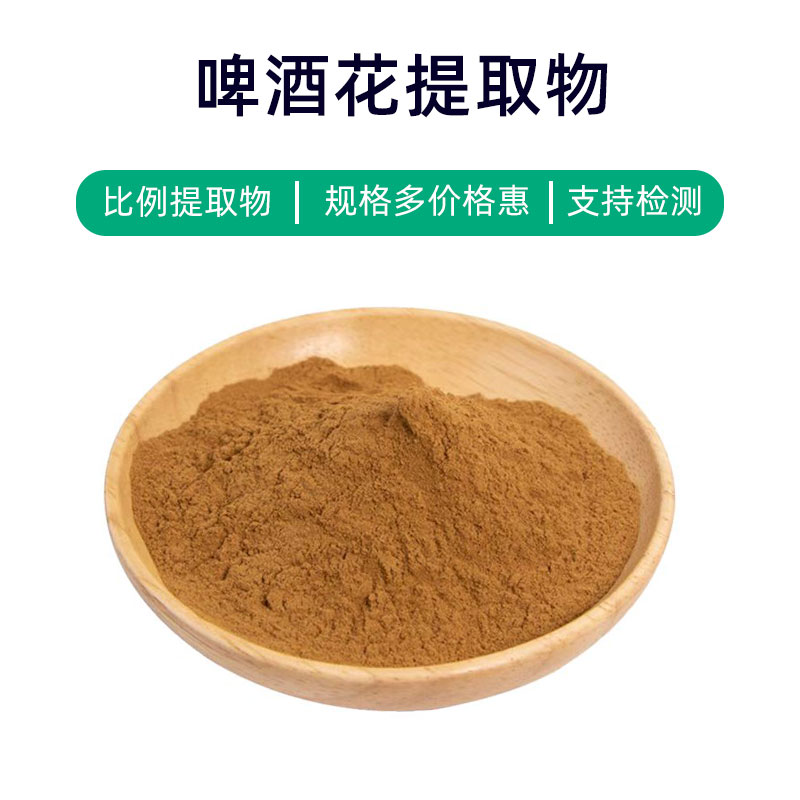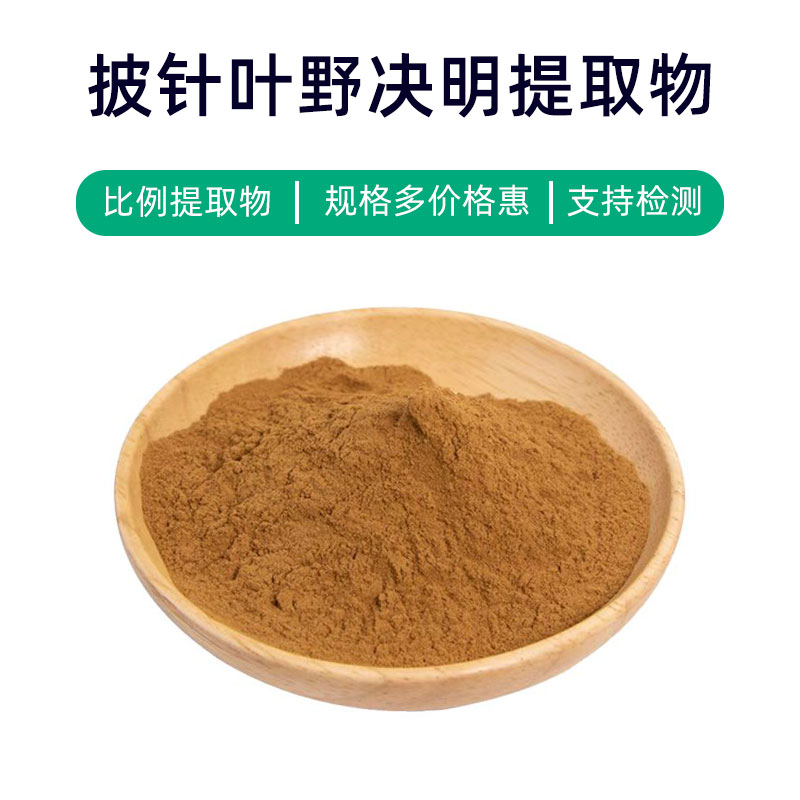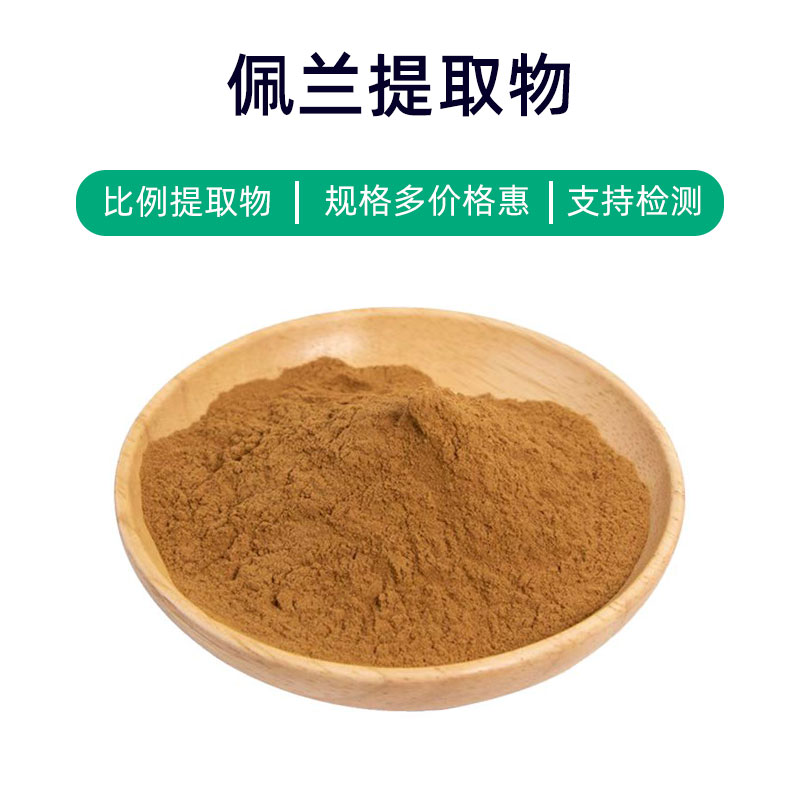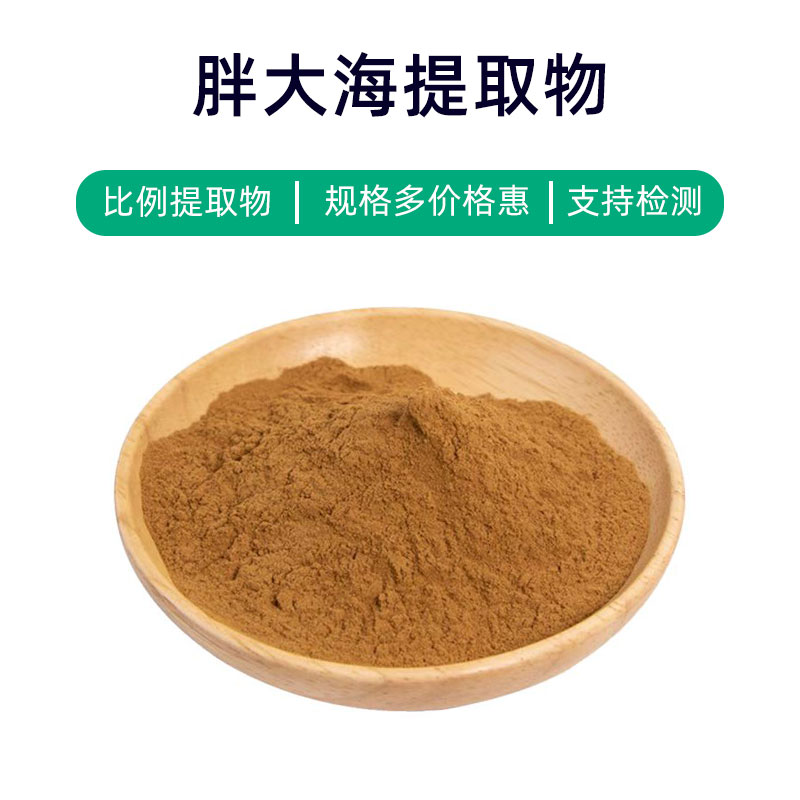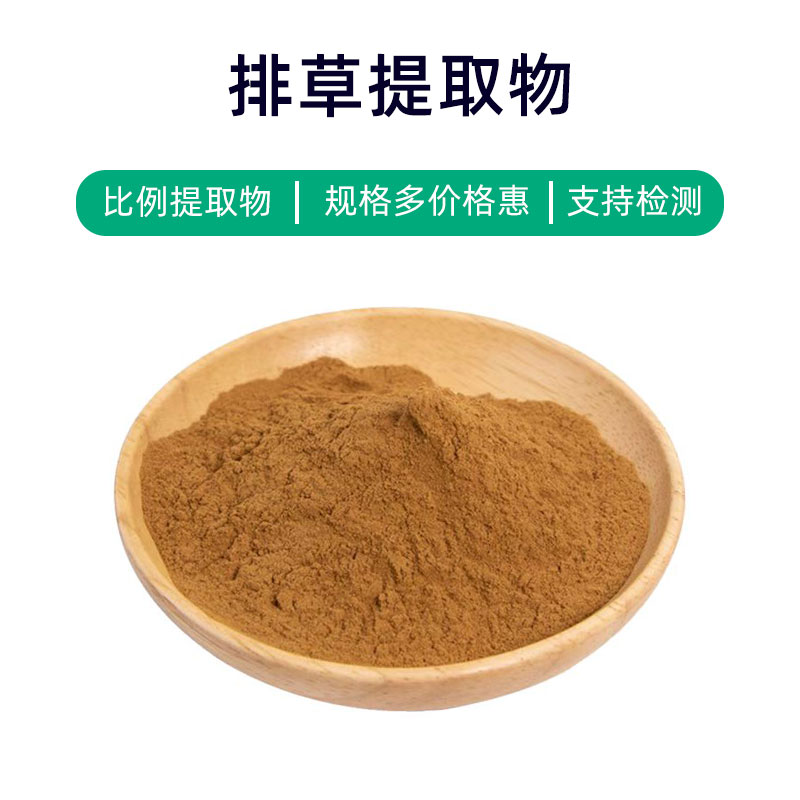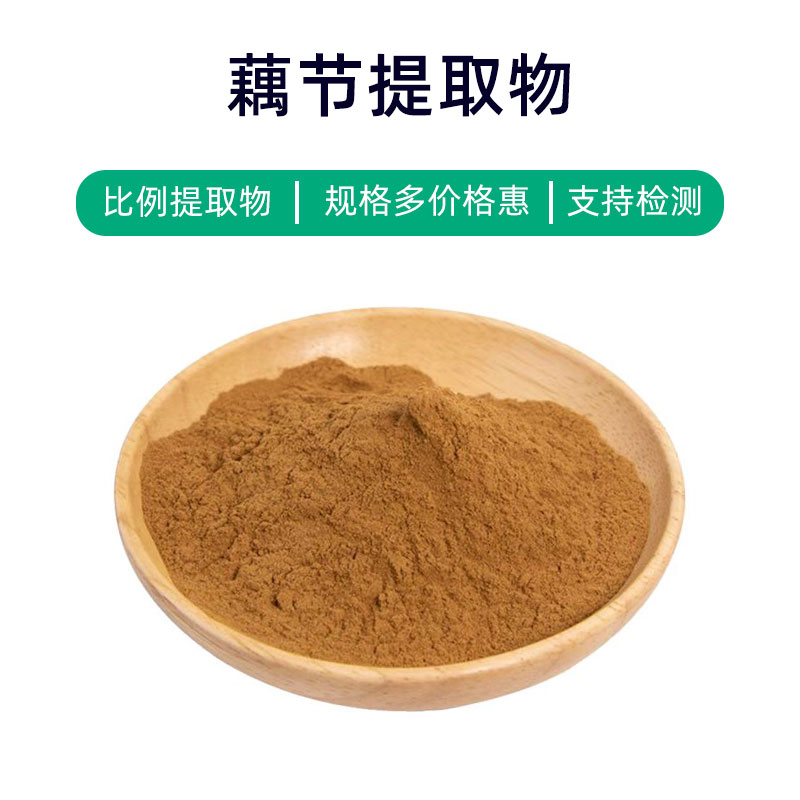Introduction to Patchouli Extract
Patchouli extract is a natural plant extract derived from Pogostemon species, with key components including patchouli ketone, terpene compounds, and aldehydes. This extract offers various benefits, including antibacterial, calming, and antioxidant properties. In the pharmaceutical field, patchouli extract is often used to prepare oral solutions, ointments, and other medications for treating respiratory infections, indigestion, and similar conditions. In the health supplement sector, it can be formulated into products that regulate digestive function and alleviate anxiety. In cosmetics, patchouli extract is commonly included in skincare products and shampoos for its antibacterial, cleansing, and soothing effects. As a natural plant extract, patchouli is widely applied in pharmaceuticals, health supplements, and cosmetics, enjoying popularity among consumers.
Production Process of Patchouli Extract
The production process of patchouli extract typically involves the following steps:
- Raw Material Preparation: Select fresh patchouli plants, clean and process them to remove impurities and unwanted parts, then chop or grind them for extraction.
- Extraction Process: Utilize appropriate extraction methods, such as water extraction, ethanol extraction, or supercritical fluid extraction, to obtain the active components from patchouli. During extraction, it is crucial to control parameters like temperature, time, and pressure to ensure effectiveness.
- Concentration and Separation: Concentrate the extracted solution to remove excess solvent, resulting in a concentrated liquid. Then, use separation techniques such as distillation, crystallization, and filtration to isolate target components and eliminate impurities.
- Refinement and Purification: Refine and purify the concentrated liquid to enhance the product's purity and activity, which may involve techniques like column chromatography and gel filtration.
- Drying and Grinding: Dry the purified product to remove moisture while retaining active components. Subsequently, grind the dried product to achieve the desired particle size.
- Packaging and Storage: Finally, package the product, usually in sealed containers, to prevent moisture, oxidation, and contamination. Store the packaged product in a cool, dry place, avoiding direct sunlight and high temperatures to ensure quality and stability.
The entire production process requires strict control of various parameters and adherence to relevant quality standards and regulations to ensure product quality and safety.
Efficacy and Side Effects of Patchouli Extract
Patchouli extract is a common herbal extract known for its multiple benefits, including:
- Antibacterial and Anti-inflammatory: Rich in volatile oils and flavonoids, patchouli extract has strong antibacterial and anti-inflammatory properties, useful for treating respiratory infections and skin infections.
- Antibacterial and Insecticidal: Patchouli extract inhibits and kills various bacteria and fungi, making it suitable for oral care and skincare products.
- Digestive System Regulation: It promotes gastrointestinal motility and increases gastric secretion, improving symptoms of indigestion and gastrointestinal disorders.
- Relief from Respiratory Symptoms: The volatile oil components can dilate bronchial tubes and soothe coughing, providing relief for colds, coughs, and bronchitis.
- Antioxidant Effect: The flavonoids in patchouli exhibit strong antioxidant properties, helping to eliminate free radicals, slow aging, and protect cells from oxidative damage.
- Immune Function Regulation: Patchouli extract can modulate immune function, enhancing physical resistance and improving disease resistance.
- Mood Improvement: It has calming and sedative effects, alleviating anxiety, tension, and insomnia.
Patchouli extract is generally safe; however, some individuals may experience allergic reactions or adverse effects, such as skin allergies or indigestion. It’s advisable to conduct a skin sensitivity test before use and avoid excessive consumption. Pregnant and breastfeeding women and children should consult a physician before use.
Application Scenarios and Dosage of Patchouli Extract
Patchouli extract finds extensive application in pharmaceuticals, food, and cosmetics. Key application scenarios and recommended dosages include:
- Pharmaceutical Sector:
- Respiratory Infection Treatment: Patchouli extract can be formulated into oral solutions, granules, and capsules for treating colds, pharyngitis, and bronchitis. Standard dosage is 5-10 ml per dose, taken 2-3 times daily.
- Digestive System Regulation: Can be made into digestive tablets or oral liquids for improving gastrointestinal function. Standard dosage is 10-20 ml per dose, taken 2-3 times daily.
- Skin Care: Used in bath liquids, skin sprays, and lotions for antibacterial, anti-inflammatory, and soothing effects. Dosage varies and should be adjusted based on specific needs.
- Food Sector:
- Beverage Additive: Patchouli extract serves as a natural flavoring agent, adding unique taste to beverages. Typical dosage is 0.1-0.5 grams per kilogram of beverage.
- Health Foods: Can be prepared as oral liquids or capsules to boost immunity and regulate gastrointestinal function. Standard dosage is 5-10 ml per dose, taken 2-3 times daily.
- Cosmetic Sector:
- Skincare Products: Used in creams, masks, and toners for their antibacterial and soothing properties. Dosage varies according to specific product formulations.
- Hair Care Products: Incorporated into shampoos and conditioners to help clean hair and soothe scalp itchiness. Dosage should be adjusted based on product formulation.
The applications of patchouli extract in pharmaceuticals, food, and cosmetics must comply with relevant regulations and standards to ensure quality and safety. It’s important to read product labels carefully and follow the recommendations of healthcare providers or manufacturers for use.
Introduction to the Source Plant of Patchouli Extract: Distribution and Growth Environment
Patchouli, scientifically known as Pogostemon cablin, is a perennial herb in the mint family and a common medicinal material. Key details about the source plant of patchouli extract, including its distribution and growth environment, are as follows:
- Plant Characteristics:
Patchouli is a perennial herb with a distinct fragrance. The stems are upright, usually 40-90 cm tall, with leaves that are oval or elliptical, arranged oppositely, with petioles and serrated edges. The flowers are small and purple or light purple, located at the tips of spike-like inflorescences. The entire plant has a strong aromatic scent. - Distribution:
Native to Southeast Asia, patchouli is primarily found in regions of China including Guangxi, Guangdong, Yunnan, Fujian, Hunan, and Jiangxi, as well as in India, Thailand, Vietnam, and other tropical and subtropical areas. - Growth Environment:
Patchouli thrives in warm, humid environments with plenty of sunlight, typically growing in low hills, slopes, valleys, roadsides, and damp areas near streams. It prefers loose, fertile soil with good drainage, typically neutral to slightly acidic pH. - Cultivation:
Patchouli can be propagated through seeds or division. Cultivation is best done in spring or autumn, with the soil kept moist post-sowing. Proper spacing helps promote healthy growth. During the growing period, moderate fertilization and timely weeding are necessary for optimal plant health. - Main Production Areas:
Guangxi Zhuang Autonomous Region, Guangdong Province, and Yunnan Province in China are significant production areas for patchouli. The climatic conditions and soil in these regions are highly suited to patchouli cultivation, resulting in higher yields and excellent quality.
Patchouli is an important medicinal material with extensive medicinal and economic value. In suitable growth conditions, it can flourish, providing vital raw materials for related industries.
Processing and Storage of Patchouli Extract
The processing of patchouli extract mainly includes steps such as harvesting, drying, grinding, and extraction. First, fresh patchouli plants are harvested and appropriately dried to reduce moisture content. Next, the dried patchouli is ground to facilitate the extraction of active components. Lastly, suitable extraction methods such as water or alcohol extraction are employed to obtain effective ingredients from the patchouli plant.
For storage, patchouli extract should be kept in a dry, cool, well-ventilated environment, protected from direct sunlight and moisture. Sealed containers are ideal for packaging to prevent air and moisture from getting in. It's also important to avoid contact with harmful substances to maintain quality and stability. Proper storage practices can extend the shelf life of patchouli extract while preserving the stability of its active ingredients.
Monica Sun is a seasoned expert in the plant extraction industry with over a decade of experience in research and production. She specializes in the extraction and purification of plant active ingredients, focusing on driving innovation in natural product applications. Monica has participated in the development of multiple functional plant extracts, delivering high-value natural raw material solutions for the health food, pharmaceutical, and dietary supplement sectors.









